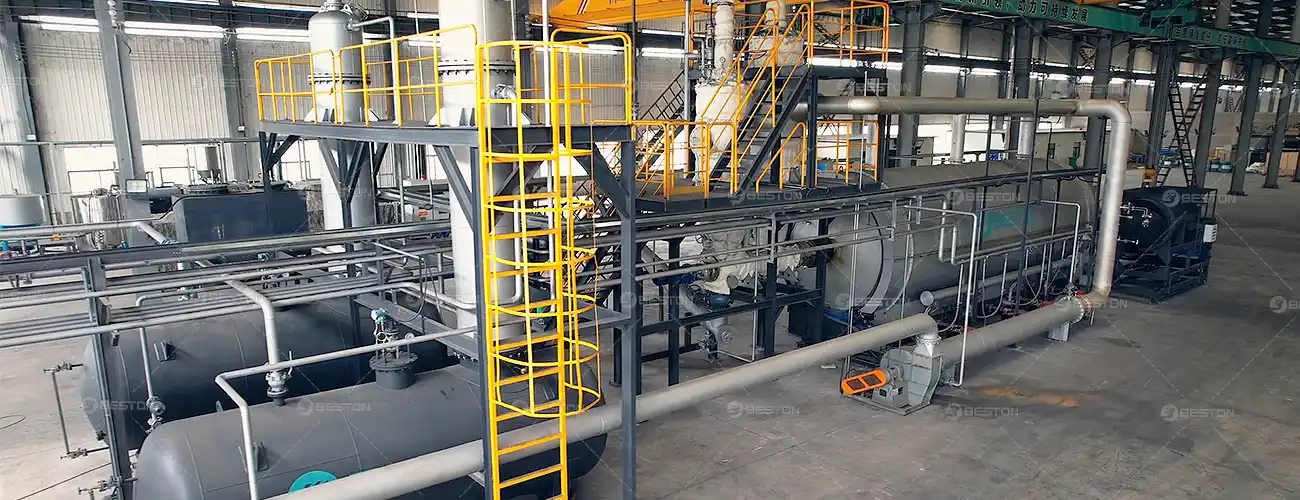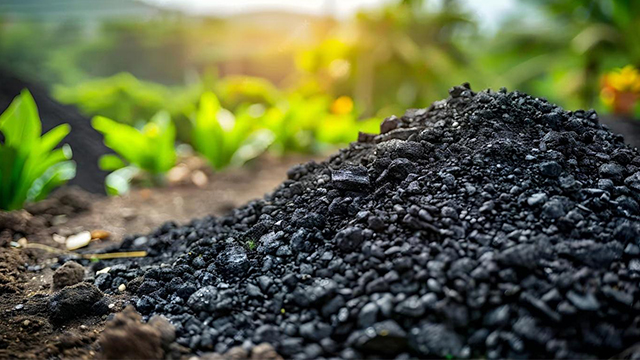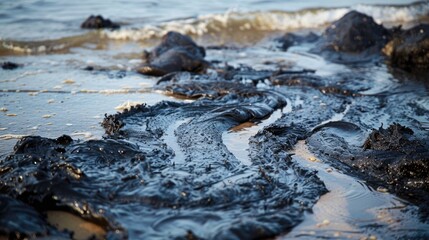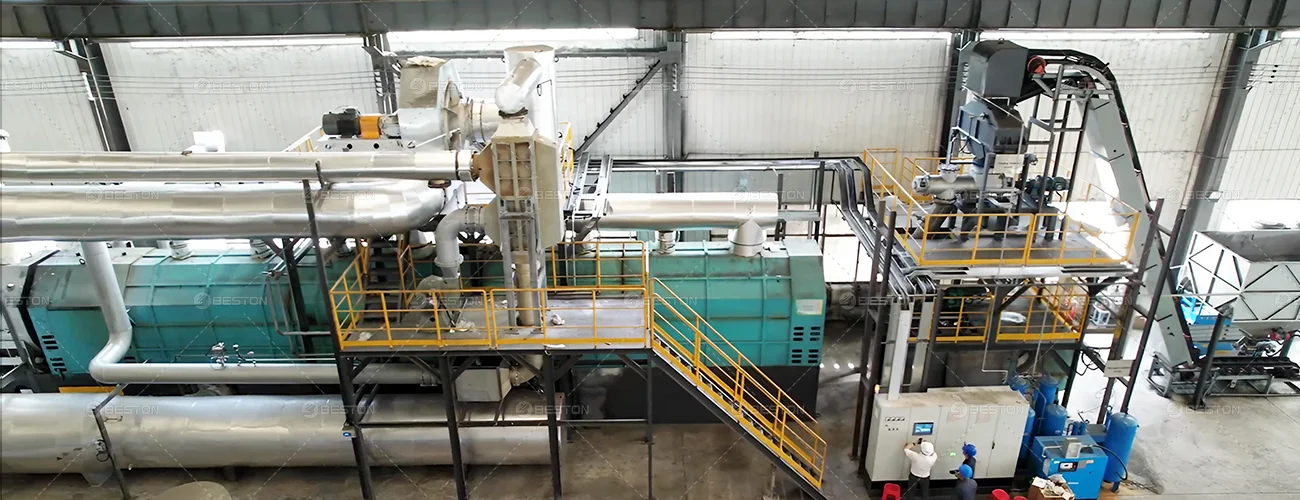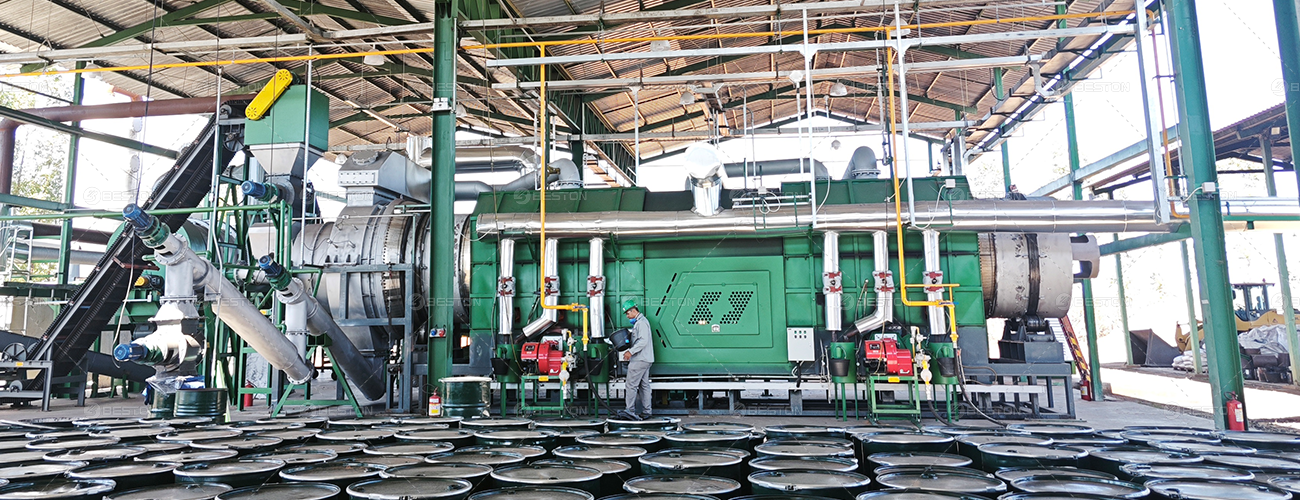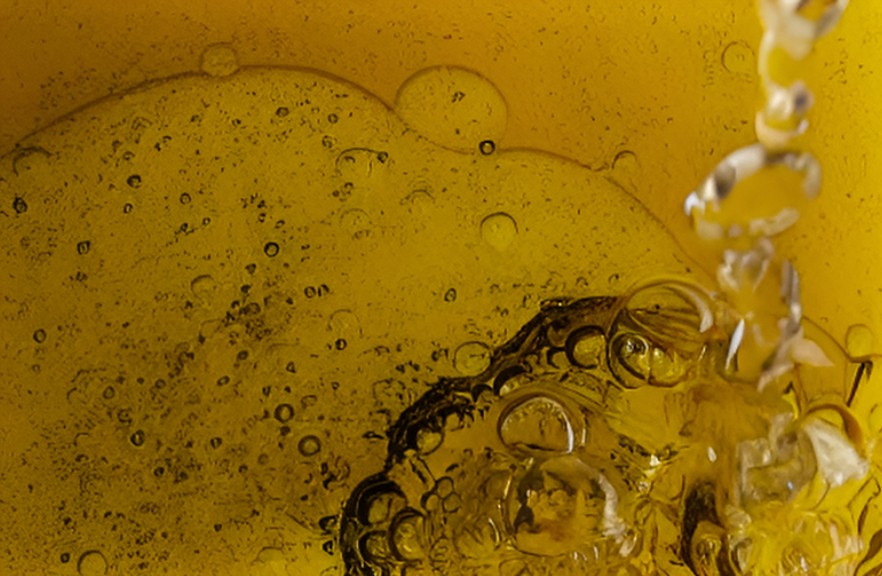Coconut shells are emerging as a valuable feedstock in the production of charcoal, particularly in pyrolysis applications. Utilizing coconut shells as a raw material for biochar production offers several unique advantages, both in terms of environmental sustainability and energy efficiency. The global shift towards renewable energy and waste-to-value technologies has fueled interest in processes such as pyrolysis, where coconut shells serve as an ideal feedstock due to their high carbon content, low moisture levels, and high energy density.
High Carbon Content and Efficient Pyrolysis
One of the primary advantages of using coconut shells in a pyrolysis plant is their high carbon content. Compared to other forms of biomass, coconut shells contain a substantial proportion of fixed carbon, making them an excellent source for biochar production. Pyrolysis is a thermochemical process that decomposes organic material at high temperatures in the absence of oxygen. In the case of coconut shells, the result is the production of biochar, which can be used for a variety of purposes, including carbon sequestration, soil enhancement, and as a precursor for activated carbon.
The high carbon content of coconut shells allows for efficient conversion during the pyrolysis process, making it a cost-effective option for charcoal production. The biochar generated from coconut shells is particularly valuable because it is stable and can persist in the soil for long periods, storing carbon and contributing to sustainable land management practices.
Environmentally Friendly and Renewable
Using coconut shells for charcoal production aligns with environmentally sustainable practices. Coconut shells are a byproduct of the coconut industry, often considered agricultural waste. Converting this waste into a high-value product like biochar helps reduce the environmental impact of coconut processing. Additionally, the pyrolysis process itself is more environmentally friendly compared to traditional methods of charcoal production, such as direct combustion, which can release harmful emissions into the atmosphere.
Furthermore, biochar derived from coconut shells contributes to carbon sequestration. When applied to soil, biochar enhances soil fertility, reduces greenhouse gas emissions, and promotes better water retention. This makes it an effective tool for mitigating climate change and improving agricultural productivity in regions with poor soil quality.
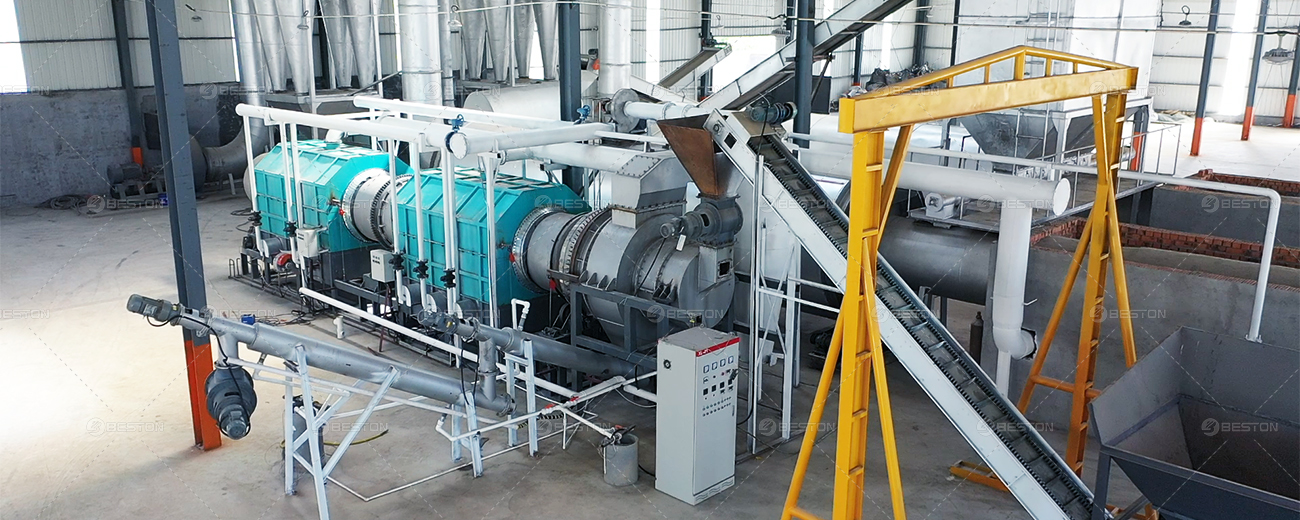
Energy Efficiency and Co-Product Utilization
A coconut shell charcoal making machine does not only produce biochar; it also generates valuable co-products such as bio-oil and syngas. The bio-oil can be further refined into various chemicals or used as a fuel, while the syngas can be used for electricity generation or to power the pyrolysis plant itself, reducing the need for external energy sources. The ability to generate multiple co-products from coconut shell pyrolysis adds to the overall energy efficiency and profitability of the process.
The energy yield from coconut shells is higher than many other biomass feedstocks, partly due to the dense structure of the shells and their low moisture content. This makes them ideal for pyrolysis, as they require less energy input to reach the necessary temperatures for effective decomposition. As a result, coconut shell-based biochar production can provide a more sustainable and energy-efficient alternative to other forms of charcoal production.
Versatility in Application
The biochar produced from coconut shells has a wide range of applications. It is commonly used in agriculture to improve soil structure and fertility. Coconut shell biochar is rich in beneficial properties, including increased microbial activity, improved nutrient retention, and enhanced soil aeration. These characteristics make it a popular choice for organic farming and sustainable agriculture.
In addition to agricultural uses, coconut shell biochar can also be employed in various industrial applications, including water purification, air filtration, and as a precursor for activated carbon production. The versatility of the product increases the market potential and demand for biochar derived from coconut shells.
Economic Benefits
Coconut shells are readily available in regions where coconuts are cultivated, particularly in tropical and subtropical climates. Their abundance and low cost make them an attractive feedstock for biochar production. By establishing pyrolysis plants that process coconut shells, businesses can create a new revenue stream while also addressing waste management challenges. The demand for sustainable, carbon-negative products is increasing, and biochar derived from coconut shells presents a lucrative opportunity for industries looking to tap into the growing market for environmentally friendly materials.
Moreover, the production of biochar from coconut shells can create local employment opportunities in rural areas where coconut farming is prevalent. This supports the local economy while promoting sustainable practices in the agriculture and energy sectors.

